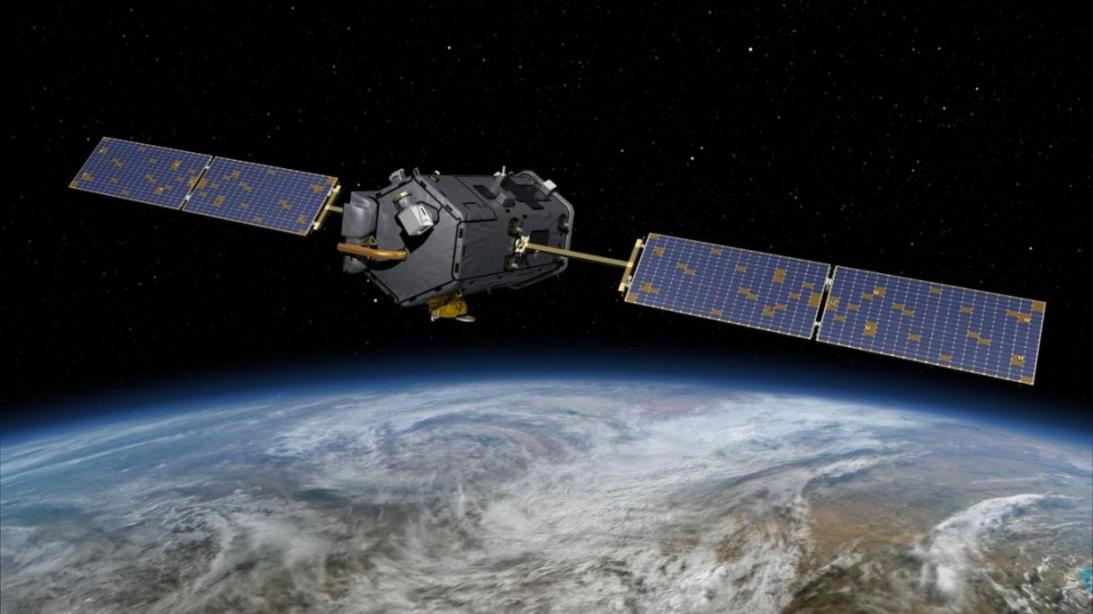Scientists from the United States, Japan, and China are racing to perfect satellite technology that could one day measure greenhouse gas emissions from space, potentially transforming the winner into the world’s first climate cop.
Monitoring a single country’s net emissions from above could not only become an important tool to establish whether it had met its promises to slow global warming, a point of contention at climate talks in Paris, but also help emitters to pinpoint the sources of greenhouse gases more quickly and cheaply, Reuters reported.
“The real success of a deal here fundamentally revolves around whether we can see emissions and their removals,” said John-O Niles, director of the US-based Carbon Institute, which studies methods of carbon dioxide measurement.
“We know satellite technology is evolving so that there is an increasing ability to actually tell whether countries are telling the truth.”
Most estimates of greenhouse gas emissions are now based on calculations of energy use and other proxy data, rather than on-the-ground measurements, leaving a huge margin of error when nations submit their figures to the United Nations.
While space-based measurement is unlikely to be mentioned in any deal agreed by the nearly 200 countries negotiating in Paris, the European Union is leading a push for a universal system of measuring, reporting and verifying emissions data.
Red and Orange Blobs
NASA launched its first satellite to measure atmospheric CO2 in July last year.
The challenge now is to convert the images — which pick up carbon concentrations in the form of yellow, orange, and red blobs — into emissions data, said Steven Pawson, chief of the Global Modelling and Assimilation Office at NASA’s Goddard Space Flight Center.
“What we can measure right now is the total column of CO2 in the atmosphere,” he said. “The current technology is not strong enough to give absolute values, but if there were a gross misrepresentation (of one country’s emissions), it would be quite possible to see.”
NASA scientist Lesley Ott said that the satellite, named OCO-2, also showed there was potential to zoom into urban areas to record carbon pollution. A new device with that capability, OCO-3, has been developed for use on the International Space Station, but has been delayed by budget constraints, she said.
Scientists are also struggling to measure changes in forests that absorb CO2, a key part of the calculation for net emissions, from space. Trees bind carbon while they are growing, but stop once they are mature.
Masanobu Shimada, a researcher at the Japanese Aerospace Exploration Agency JAXA, is working on distinguishing between the two on a global scale.
“We can get an idea about biomass from the shading of its images,” he said. But for now, the imagery is too fuzzy for certainty.


